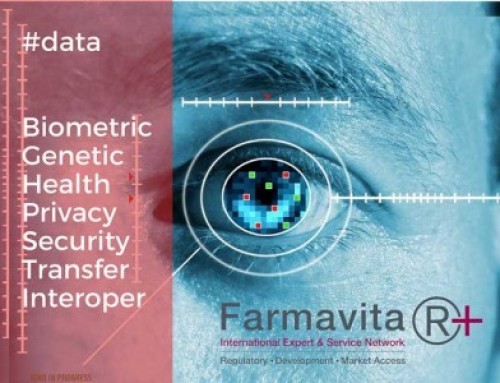EMA (ex EMEA) is performing a pilot phase of what is known as a Product Information Management system (PIM).
It is about interactive IT interface for the submission, review and corresponding update of the product information documents (SmPC, PIL and Labelling) in all 3 community procedures: Centralized, DCP and MRP and for the national procedure as well.
PIM can be used within or outside e-CTD system. As the same document and data structures apply to product information in all languages for the Centralized procedure, PIM is to be introduced for this procedure initially. The first live submissions were received in a pilot of the PIM process.For the time being five companies participate with seven products being handled in PIM. Four new active substances have been submitted of which three have gone all the way through to Decision and are now being maintained in PIM. Three authorised products have been migrated to PIM with more than 20 lifecycle submissions managed within PIM.
PIM is the same time a standard, a process, system and project. The basic idea is the electronic exchange of product information in the context of marketing authorisation applications. It describes how the required information should be created and validated so that it can be exchanged successfully between applicants, competent authorities of the member states and EMA. The design of the standard aims to minimise the repetition of information that is included many times in different locations within the documents. Its main principle is to hold any piece of information only once and to allow its use as many times as necessary to create the required documents. It will eliminate the need to supply either paper or Microsoft Word documents, as are currently required. The standard utilises XML (Extensible Markup Language) to structure and control the product information being exchanged. The submission is performed via Eudralink. Migration (conversion of one type of information format into other) will be co-ordinated by the EMA and MAHs will negotiate time periods in which to carry out the migration activities, similar to the PALC process for reviewing translations for accession. Timelines and process for booking slots will be made available well in advance of the first migrations.
When preparing the product information in Word form MAH must think not just about the content but also about the format of the document. With PIM things get easier because corresponding QRD templates have already been built-in. Also, translation activities are to be faciliated via use of CAT tools (Computer Assisted Translations) which operate on the base of translation memory. In that way, preparation of the Product Information for different strenght of the same pharmaceutical product or for similar product becomes much faster ensuring the use of the consistent terminology at the same time.
It is evident that many will benefit from this project, not just the applicants or authorities but patients, vendors/consultants and doctors/pharmacists as well.
As for the patients, PIM is used in helping to ensure that the information (patients read mostly PIL and labelling) presented to them in respect of a medicinal product in all official languages of the European Union is consistent and accurate. The system enables the information to be compared and reproduced on the basis of a precise identification of individual items of information across languages, in the knowledge that the information being analysed is designed to convey the same impression to the reader. The same things apply to the pharmacists and doctors who use not only the PIL and labelling but also a more scientific information which is contained in the SmPC.
Since installation and proper use of PIM urges the user to make certain IT modifications and adjustment of their current IT infrastructure vendors and consultantasare expected to be busy as well. There is the opportunity for them to provide assistance to applicants in several ways covering:
- consultancy
- user training
- provision of XML-based authoring tools
- development of commercial systems to support the creation and management of PIM submissions
- development of solutions for individual applicant companies
However, PIM is not designed as a highly automated system. It is intended for „low-volume“ user with simple infrastructure.
During the pilot phase, a few issues were raised proving the necessity for certain improvements of the system but it is important to emphasize that tools for helping the user are already available. Those are:
1. Light autoring tool (LAT) – a tool that provides the basic capability to build XML-based product information using an interface with viewing, editing and life-cycle management (LCM) capabilities
2. PIM Review system – a system built by and installed at the EMA, which is made available via Eudranet to users in Member State (MS) National Competent Authorities only who are responsible for reviewing the data in all of the countries of the European Union.
3. PIM Data Validation Engine (PDVE) – it has been developed to allow the application of a defined set of business validation criteria to a PIM submission and to allow applicants to check compliance with these criteria before sending a submission to EMA.
The PDVE is a downloadable tool that can be run locally on a stand-alone system. It is supported and maintained by the EMA. Connectivity to the EMA via an internet connection is not required after the initial download of the tool.
To sum it all: Product information are extremeley important part of application dossier of every product. Therefore its consistency and accuracy must be maintained in all Memeber States in order to guarantee a safe and effective use product. These qualities can be best achieved via electronic systems such as PIM so that wanted information is availabe to all interested parties 24 hours a day with constant and quick review and maintenance.





Leave A Comment